Long-term monitoring and experiments are at the core of CAP LTER’s research program.
They enable CAP LTER scientists to examine changes over time, particularly in ecological variables that are slow cycling. In the rapidly growing Phoenix metropolitan region, long-term studies also allow scientists to monitor changes as urbanization occurs in urban fringe areas and as density increases in already urbanized areas.
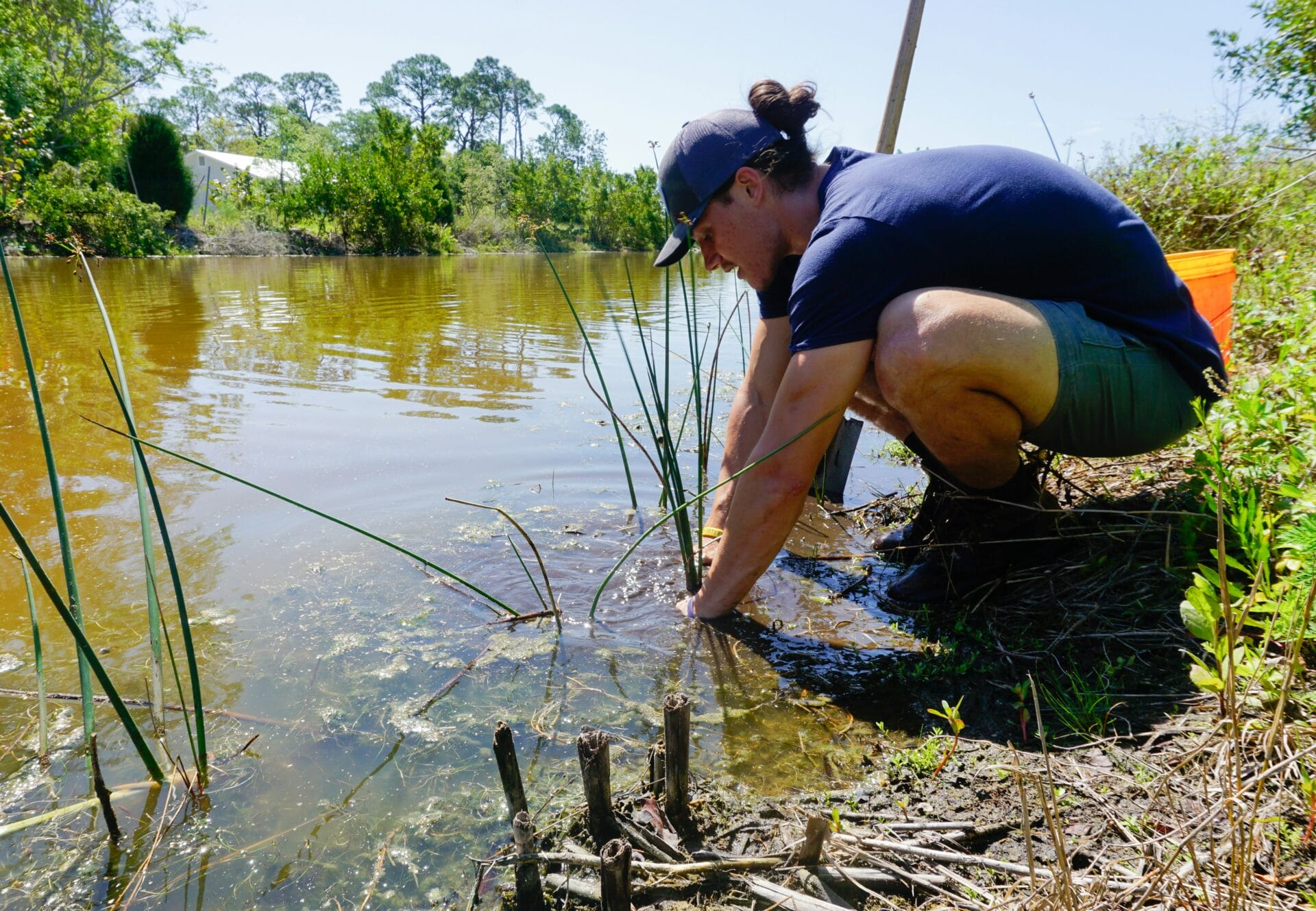

Atmospheric deposition
The atmospheric deposition monitoring program is designed to explore patterns of material deposition across the greater Phoenix metropolitan area and surrounding Sonoran Desert.

Bird censuses
CAP LTER has been using a standardized point-count protocol to monitor the bird population in the greater Phoenix metropolitan area and surrounding Sonoran Desert region since 2000.

Desert fertilization experiment
CAP LTER investigators are testing the hypothesis that distinct biogeochemical pathways result from elevated inorganic nitrogen and organic carbon deposition from the atmosphere to the land.

Ecological Survey of Central Arizona
CAP LTER investigators are testing the hypothesis that distinct biogeochemical pathways result from elevated inorganic nitrogen and organic carbon deposition from the atmosphere to the land.
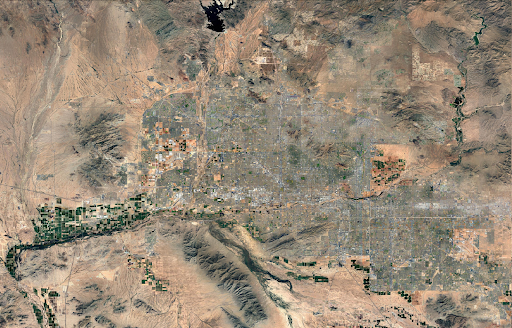
Geospatial data
CAP LTER researchers are continually working to use remote sensing methods to monitor the spatial and temporal heterogeneity of landscape and climate conditions.
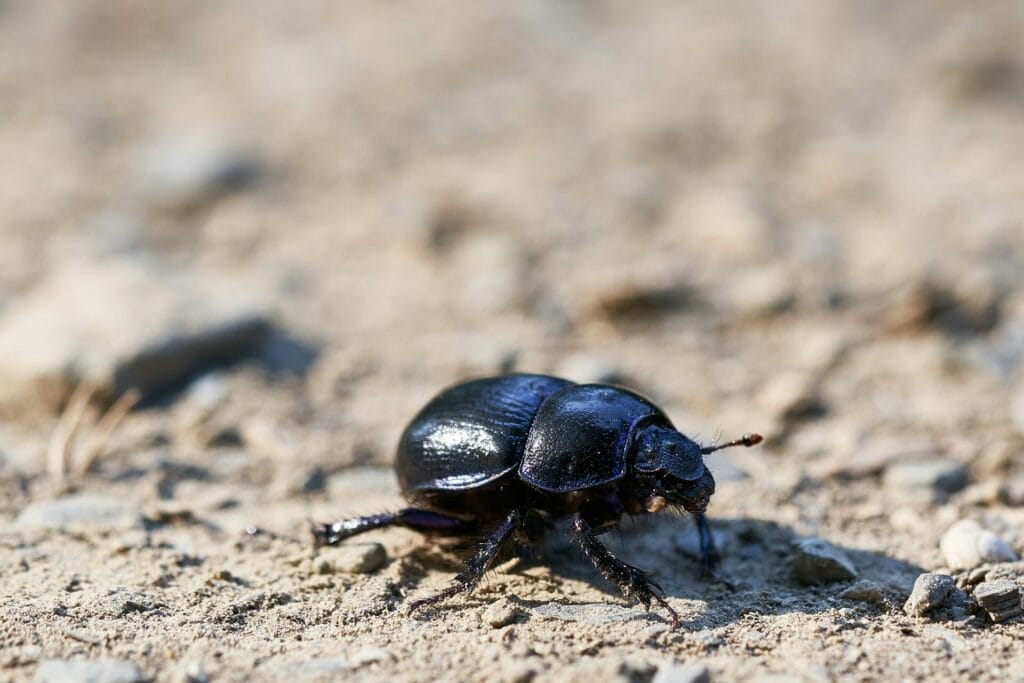
Ground-dwelling arthropods
CAP LTER has been monitoring arthropods since 1998 using pitfall trapping across diverse habitats in Phoenix. This long-term program aids ecological studies of urban and desert environments.
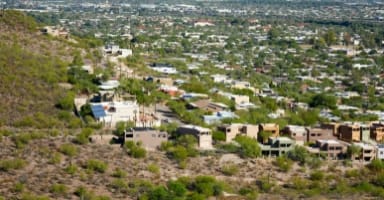
Phoenix Area Social Survey
Every five years, the Phoenix Area Social Survey studies local views on environmental issues and neighborhood traits. Linked to ecological monitoring, PASS helps analyze social-biophysical data.

Regional water quality monitoring
Since 1998, ASU and regional water providers have improved water quality by monitoring algae-related issues in reservoirs and canals, aiding treatment plants and optimizing operations.

Salt River biodiversity
The Salt River in Phoenix, altered by dams and canals, has had active restoration efforts and unintended wetlands. CAP LTER monitors birds and herpetofauna to assess these areas’ effectiveness.
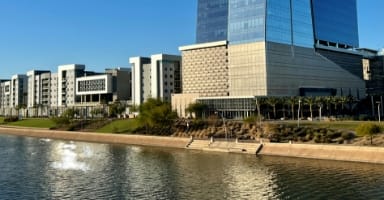
Tempe Town Lake water quality
Tempe Town Lake, a 224-acre reservoir created in 1997, features steel gates for river flow and supports community and economic growth. CAP LTER monitors its water quality, revealing complex carbon cycling and impacts from climate and management.

Tres Rios Wetlands dynamics
As urban areas grow, especially in arid regions, constructed treatment wetlands like Phoenix’s Tres Rios become crucial for wastewater management. CAP LTER studies how these wetlands manage water and nutrients, revealing unique “biological tide” effects where plant transpiration drives surface water flow, enhancing nutrient removal efficiency.

Urban stormwater
The CAP LTER has been monitoring stormwater runoff at the outflow of the Indian Bend Wash to investigate stormwater dynamics and watershed functioning in aridland, urban environments.

Weather stations: Papago Park and Lost Dutchman State Park
CAP LTER operates two, 10-m micrometeorological stations in Phoenix’s Sonoran Desert, monitoring wind, solar radiation, temperature, humidity and precipitation since fall 2010.